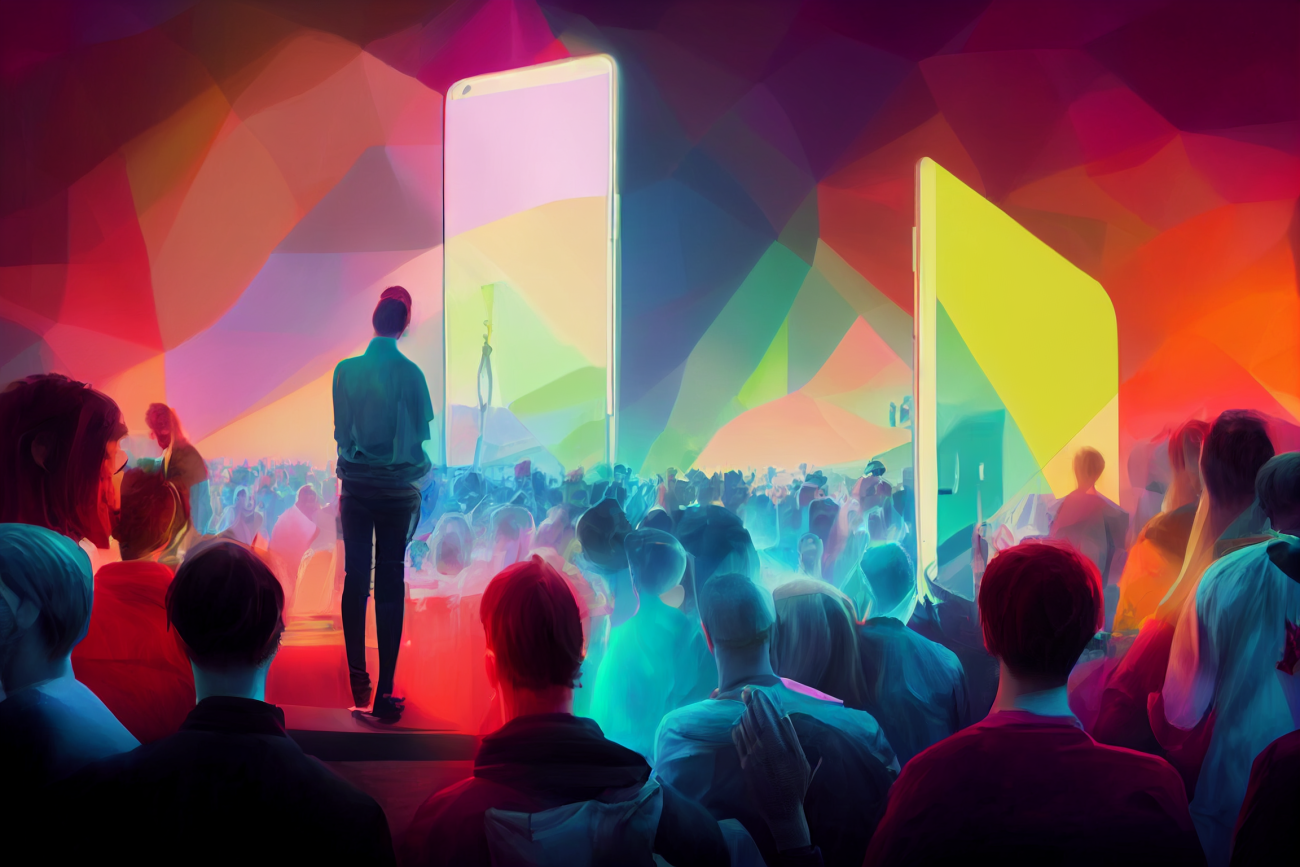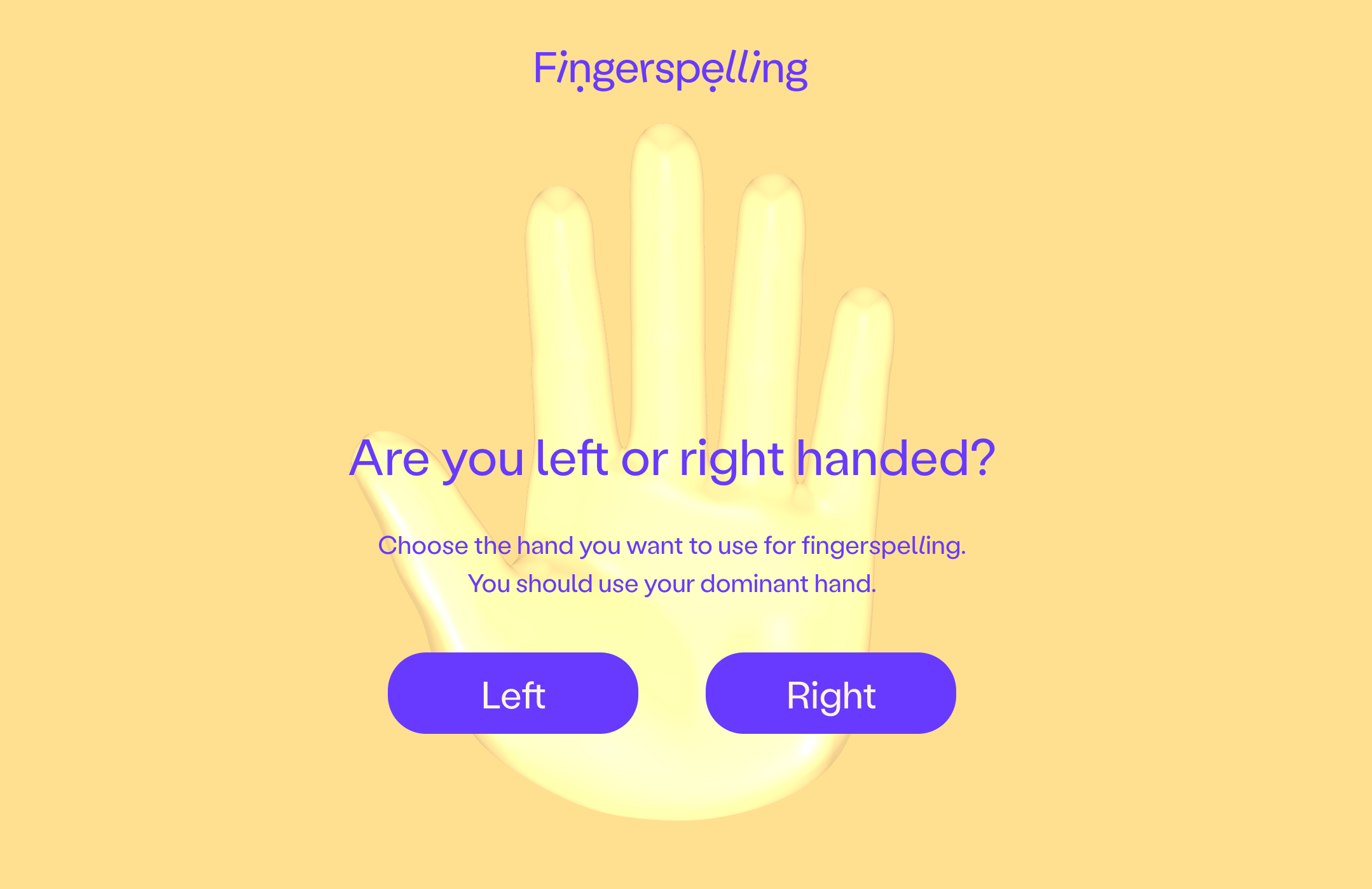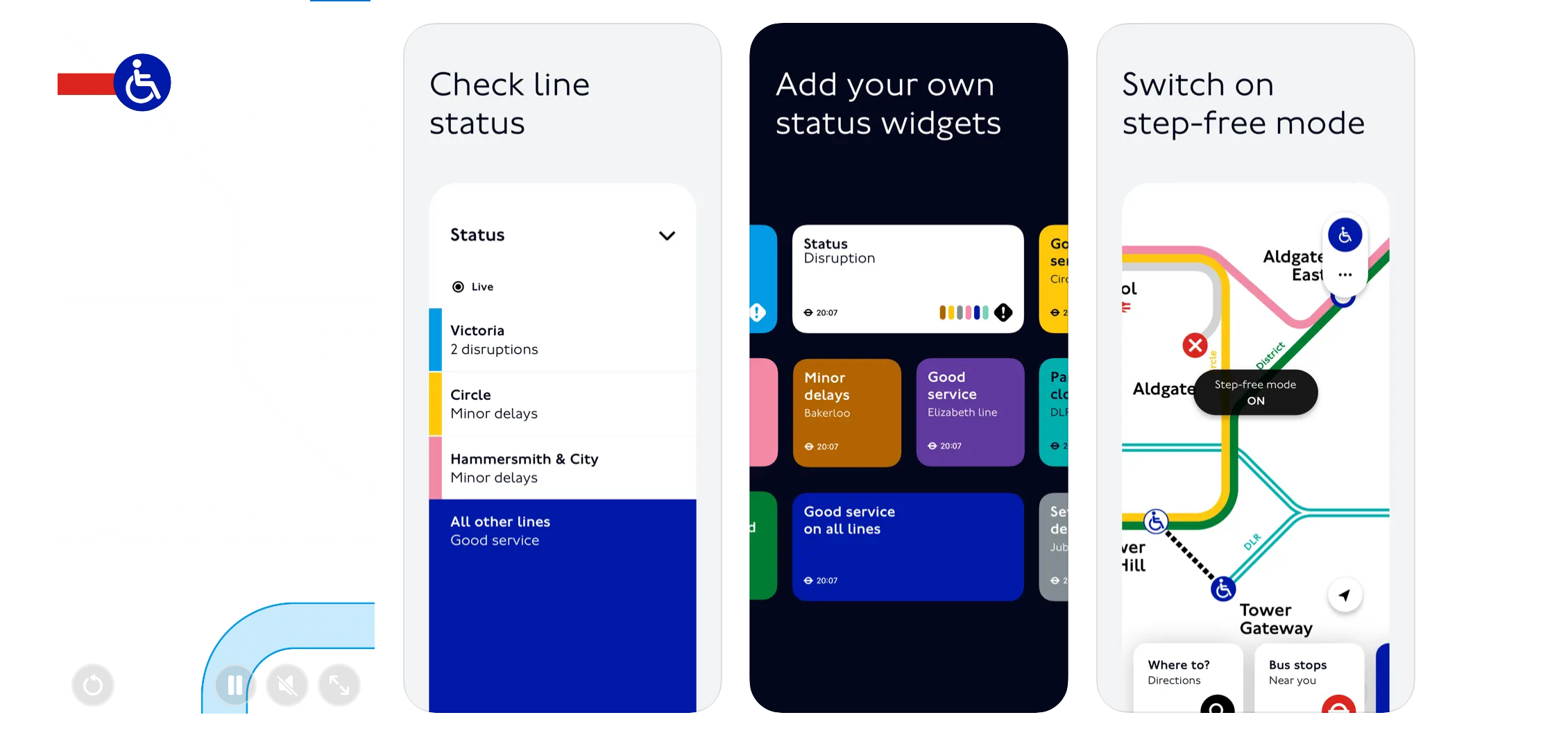
Digital design trends in 2023
As the world of digital design is constantly evolving, what better way to start the year than to have a look at the most exciting developments on the horizon for 2023 and beyond.
Soft skills are an essential part of a product designer’s skill set, but they tend to get glossed over when professionals seek to define their expertise in relation to the latest advances in the field.
The Qvik design team has been exploring the world of digital design for over 12 years. We have investigated our local environment and scanned global shifts in design practice. We now offer you our vision of the top drivers that could disrupt design in 2023. We have deliberately picked separate and even contradictory trends. This means that one or more of them may emerge strong, while others fizzle out.
Now, let’s dive into five exciting directions that we believe can shake the foundations of design work in 2023. These trends did not appear overnight, and some have been on their way for quite some time, but they finally seem ready to hit this year.
Design Ops
Many organizations have found design systems to be a great help in building practical frameworks for local design languages. However, many have also discovered that design systems can’t survive without a nourishing culture to govern and maintain them and the workflows supporting them. This is why design ops are now the number one trend to follow.
For us, design ops are a sign of substantial organisational maturity in design. We have seen our customers’ organisations develop over time, and they now include many more in-house designers and design leaders. To our relief, this has not meant the end of our relationship.
Today, we see that many design organisations need help growing and this is where design ops come in.
Inclusive design
The need to make digital services available to more users has never been greater. The aging population means that the number of people with special needs is growing larger year after year.
Inclusive design means making sure that our design decisions maximize the reach of our solutions and respect diversity. Our goal at Qvik design is to make all of our designs accessible by default.
Inclusive design should not require anything fancy in daily design work. It can be as simple as making sure that your design systems are accessible and accessibility testing is included in the acceptance process.
However, new and interesting technical developments may yet give unexpected tools to help mitigate user disabilities.
For example, AI/machine learning technologies that level the playing field between disabled and non-disabled people provide exciting opportunities. The award-winning Fingerspelling.xyz is a browser app that promotes inclusion by helping users study American sign language.

Calm and clean visual expression
Visual design trends can also be significant for digital product designers if they influence the usability of the interfaces we create. Accessibility standards have imposed a new set of requirements for typography and the use of colors, but it seems that designers have only now started to use these constraints creatively to their advantage.
For instance, the award-winning and highly rated TfL Go public transit app for the London metropolitan area employs exemplary, clear design language to deliver a fundamental service important to everyone.

Design for user and business impact
Growth hacking, data-driven design and conversion optimization have all been talking points in digital design for some time. But it seems that the distinction between what can and what should be measured is only now becoming clearer.
Because we like to talk about the impact of design, the easiest and most straightforward topics are the desired outcomes for users and business.
Our preferred approach comes from product management, the outcome pyramids by Rajesh and Nerlikar. It is one of the most concrete tools to facilitate thinking about the outcomes that design work will achieve.
Design for virtual worlds
The future of virtual reality has always seemed to be lurking just a few years ahead. But in 2023, the moment seems closer than ever. The world is expecting several exciting device launches, most of all the Apple VR headset, but also PlayStation VR2 (available for pre-order) and Meta Quest 3. These products could finally shift the direction of the AR/VR landscape.
Don’t forget that we already have a few successful, non-immersive virtual worlds: Roblox, Decentraland and Sandbox in the latest generation, with Second Life and Minecraft representing earlier generations. All of these already reach hundreds of millions of people, generating notable turnover.
For brands, having a presence in the virtual world requires a new strategy and new types of content. Even though the above-mentioned virtual playgrounds are nothing like the high-fidelity versions we know from the movies, we should not miss out on this transformation.
What you can achieve today is still exploration, such as NIke establishing virtual presence in Roblox NIKELAND.
Written by Lassi A Liikkanen, Director Product Design & Insight with research help form Product Designer Mikko Siponen. Co-created with the Qvik design team.




